Are you struggling with complicated light fixtures? Get a keyless lampholder and remove the switches. You can now use wall controls.
A keyless lampholder is a fixture that doesn’t have a switch. You control it with a switch. You use a switch to turn it off and on. (This is a switch, not a dimmer.) You can control it with all the same things you control a switched fixture with.
These are great in areas where you want to be able to control the lights easily and you like the look. Let’s dive into the details and uses of keyless light fixtures.
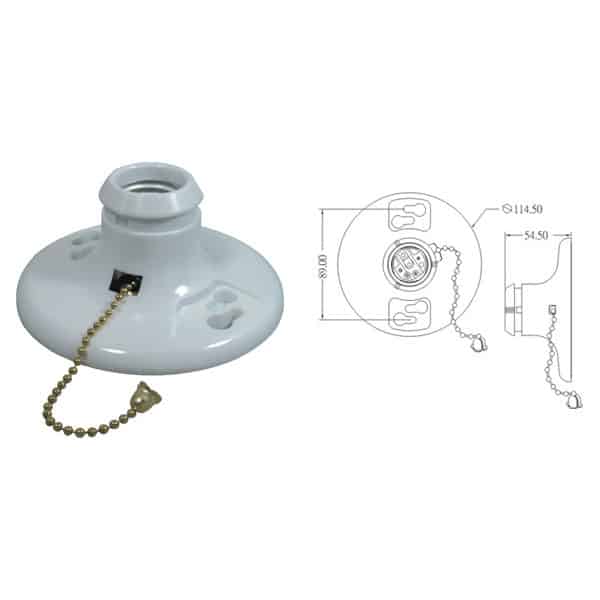
What does a keyless lampholder mean?
A keyless lampholder refers to a light fixture that does not contain a built-in switch, allowing users to control the light through an external switch such as a wall switch. This design is common in both residential and commercial settings, particularly in spaces where multiple light fixtures are controlled by one switch.
Unlike traditional lampholders that require a pull-chain or button switch on the fixture itself, keyless lampholders are more streamlined, relying entirely on the room’s wiring system for control. This provides not only a cleaner look but also more efficient operation in multi-light settings like living rooms or hallways.
The convenience of keyless lights in garages
Keyless lights are particularly advantageous in garages, where practicality and durability are key. By connecting keyless fixtures to a central wall switch, you eliminate the need for individual fixture control, making it easier to operate multiple lights with a single action.
In environments like garages, where lighting often needs to be powerful and widespread, the keyless feature reduces the hassle of managing multiple switches. It’s especially helpful when hands are occupied with tools or other items, offering a more hands-off lighting experience.
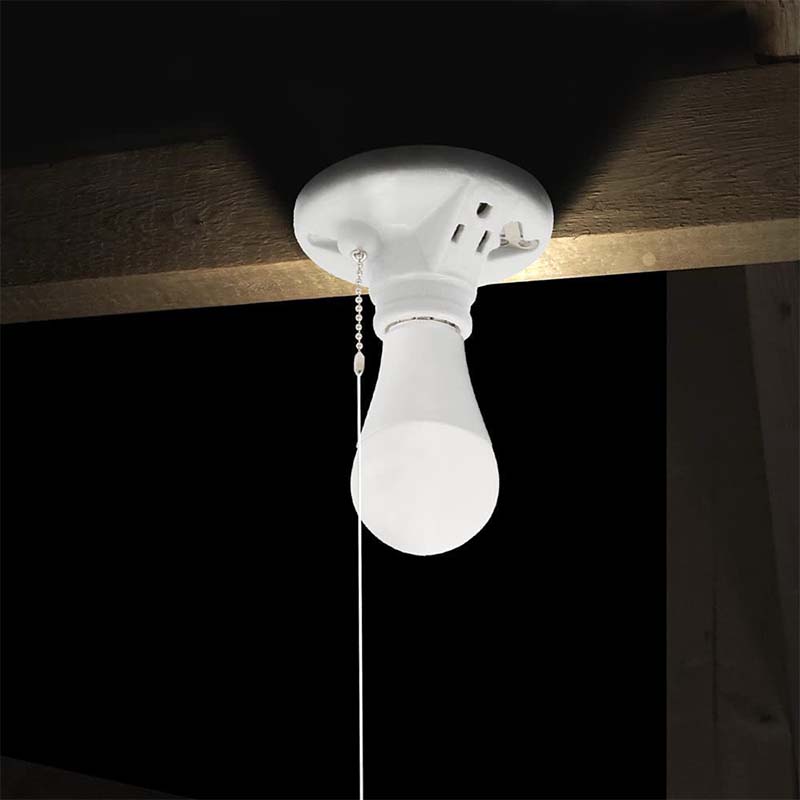
Common uses of lampholders
Lampholders are indispensable components in virtually every lighting system, holding the light bulb securely in place and establishing the electrical connection needed to power it. They are found in a wide array of settings, including homes, offices, industrial plants, and public buildings.
In homes, lampholders are commonly used in ceiling fixtures, table lamps, and wall sconces. In commercial and industrial environments, they are essential in high-bay lighting, floodlights, and emergency lighting systems. The keyless variety of lampholders adds an extra layer of convenience, making it ideal for settings where multiple lights are controlled from a single location.
The function of switches and lampholders
In any lighting system, the switch and lampholder work in tandem to manage the flow of electricity. While the switch controls the current, the lampholder ensures that the bulb remains securely connected to the circuit. In a keyless setup, the on-off control is moved entirely to an external switch, removing the need for individual fixture switches.
This external control system provides a more efficient solution for spaces with multiple light fixtures. The centralized control not only enhances the aesthetic appeal by removing visible pull chains or toggles but also reduces wear and tear on individual fixtures.
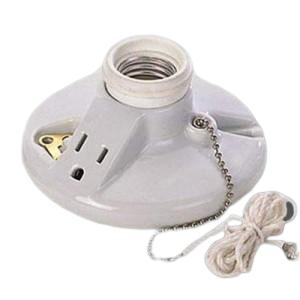
What is keyless entry garage door technology?
Keyless entry garage doors operate on a similar principle as keyless light fixtures by eliminating the need for physical keys or manual switches. Instead, they rely on remotes, wall-mounted keypads, or even smartphone apps to open and close the garage door.
While unrelated to lighting systems, this keyless technology illustrates a broader trend toward streamlined, user-friendly controls in modern homes. Just as keyless light fixtures offer simplicity and ease of use, keyless entry systems provide added convenience in other parts of the home.
E26 keyless bulbs: Understanding the difference
E26 keyless bulbs are widely used in the United States, particularly in residential settings. The term “E26” refers to the standard medium base that fits into most lamp sockets. In a keyless fixture, these bulbs do not have an integrated switch and rely on external wall controls for operation.
This design is favored in modern lighting setups for its simplicity. Keyless E26 bulbs are often paired with dimmer switches, smart home systems, or basic wall switches, making them versatile and easy to incorporate into various lighting systems.
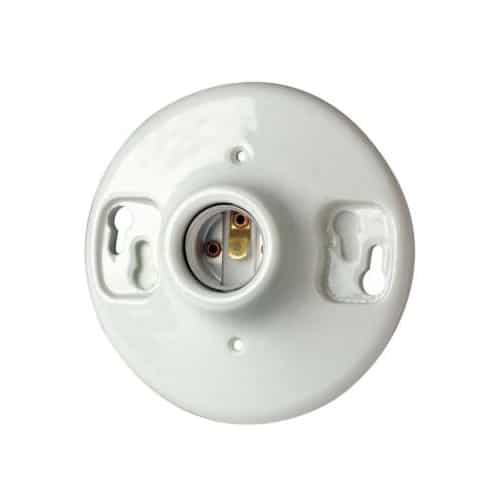
Keyless vs. keyed: Which is better?
Choosing between keyless and keyed fixtures depends largely on your lighting needs. Keyless fixtures offer a streamlined, modern approach to lighting control by removing individual switches. This makes them ideal for spaces where you want multiple lights to be controlled from a single switch, such as large rooms or outdoor areas.
On the other hand, keyed fixtures provide individual control over each light, which might be preferable in spaces where adjusting individual light sources is important. For example, in task-specific environments like workshops, having a separate switch for each light could be more practical.
Different types of keyless light fixtures
Keyless light fixtures come in a variety of styles to suit different environments. Ceiling-mounted keyless fixtures are common in rooms where central lighting is controlled by a wall switch. Wall-mounted keyless fixtures are frequently used in bathrooms, hallways, and stairwells to provide consistent lighting without manual switches on the fixture.
Pendant keyless fixtures are also popular in kitchens and dining rooms, offering a modern and clean look while being controlled entirely by a wall switch. These fixtures are perfect for minimalist interiors, where clean lines and simplicity are key design elements.
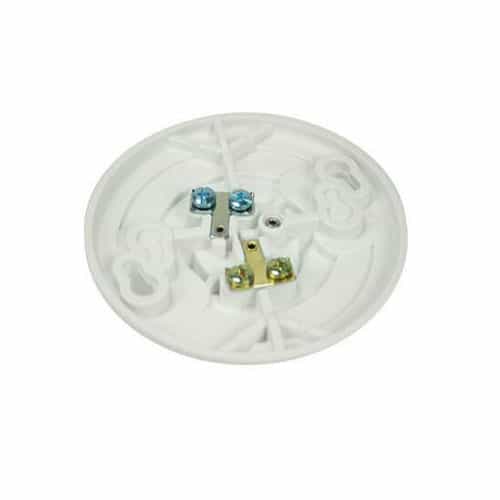
The versatility of keyless remote controls
Many keyless systems, whether for lights or other devices like garage doors, can be paired with remote controls. This adds another layer of convenience, allowing you to control the lights from a distance. Remote controls, smart home integrations, or motion sensors can all be linked to keyless fixtures for hands-free operation.
In homes equipped with smart technology, keyless light fixtures can be controlled through apps, voice commands, or automated systems, offering a highly flexible and efficient lighting solution.
Final Works:
Keyless light fixtures make lighting control easy, look great and work in both residential and commercial applications.













